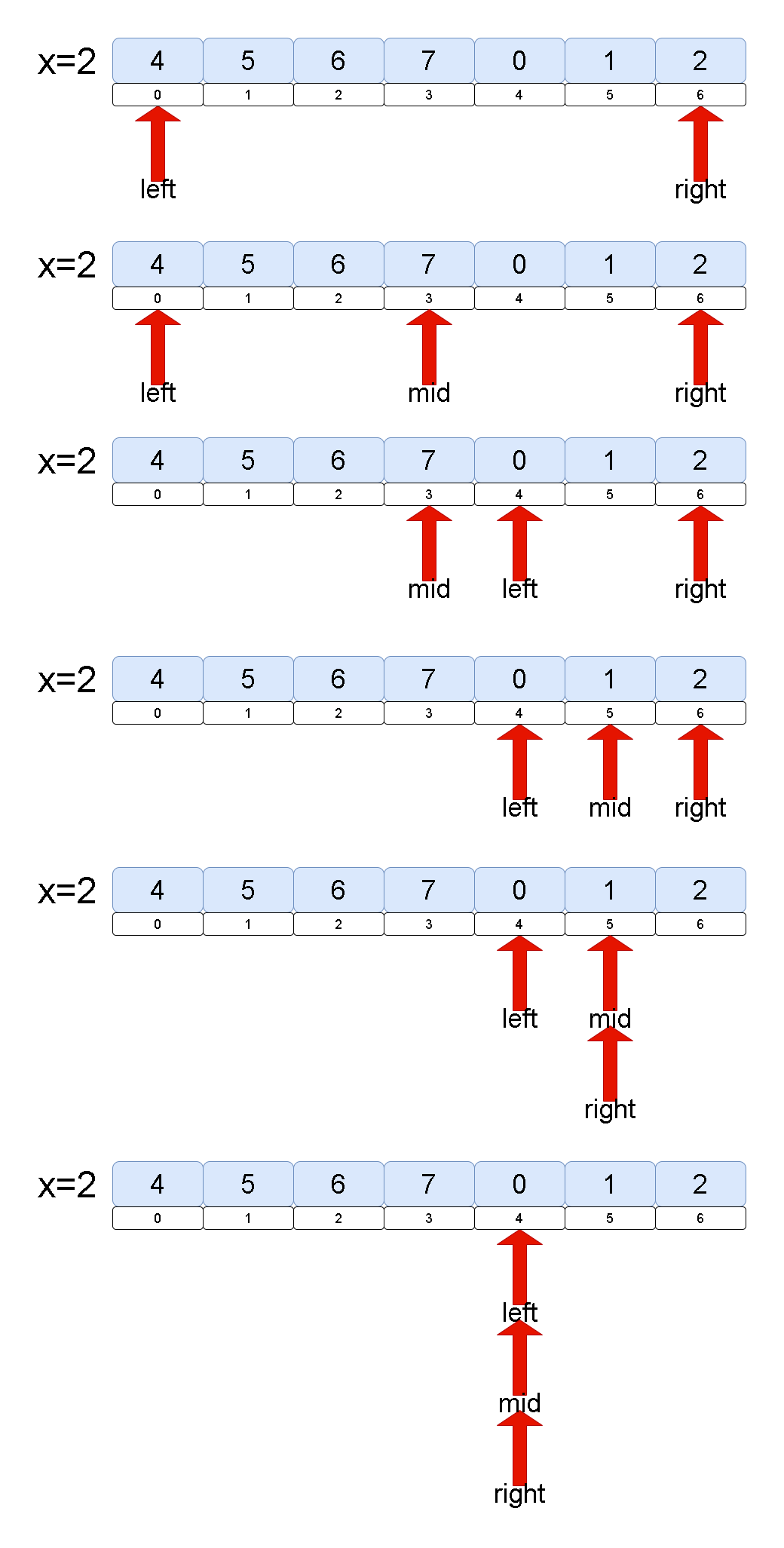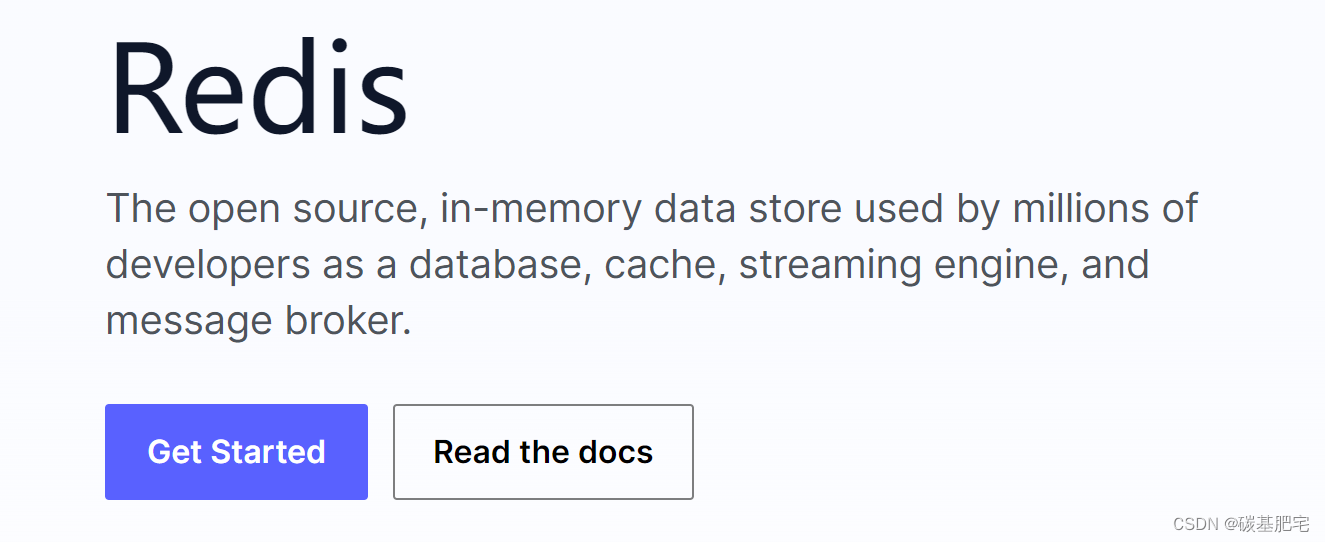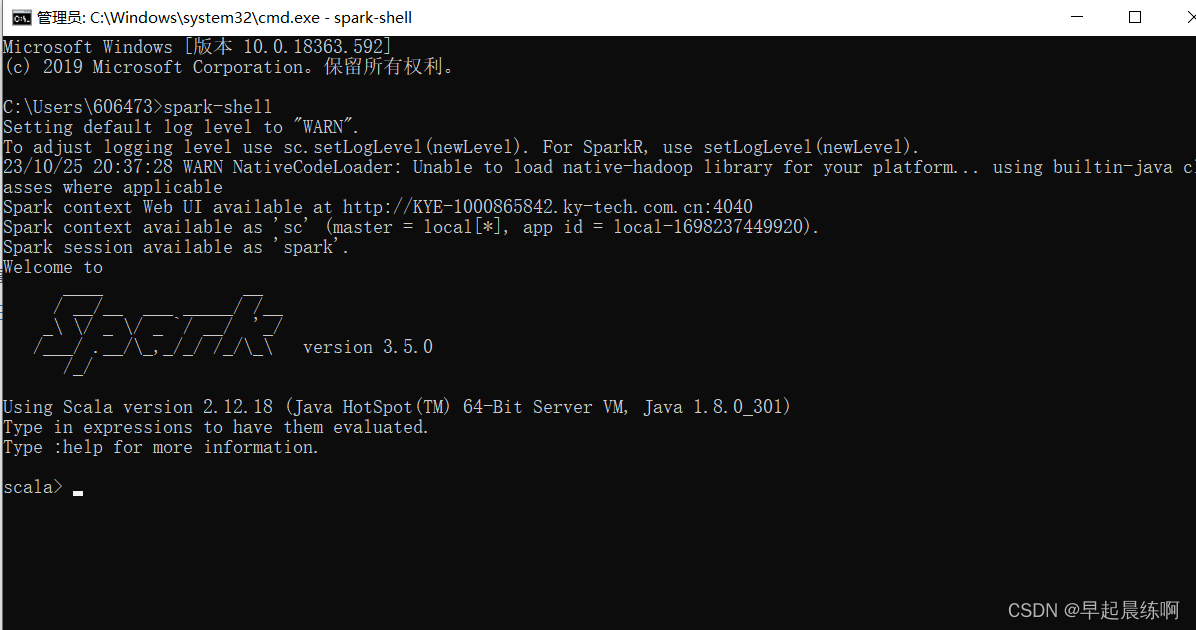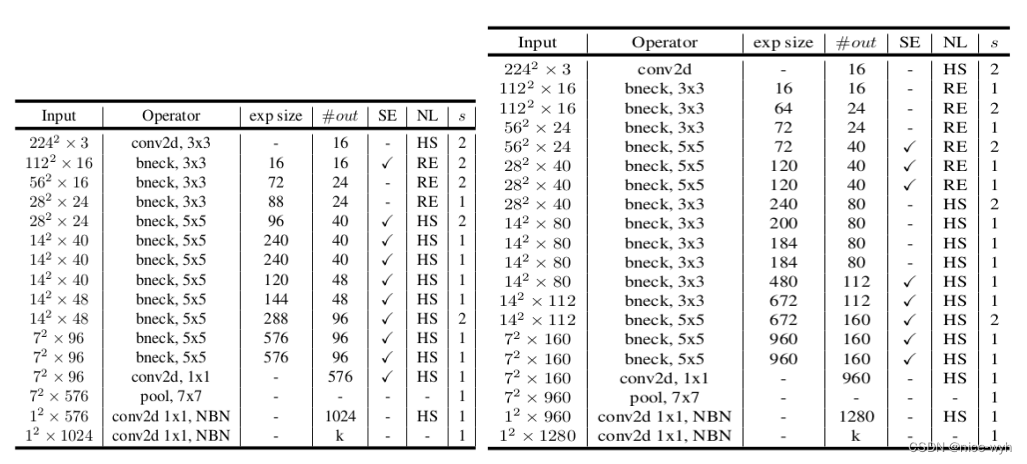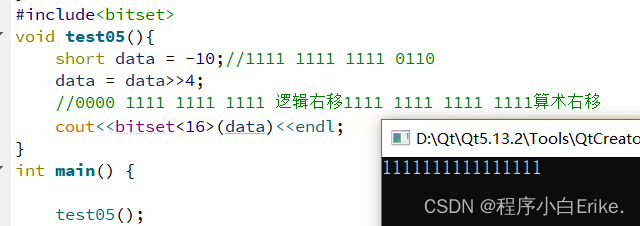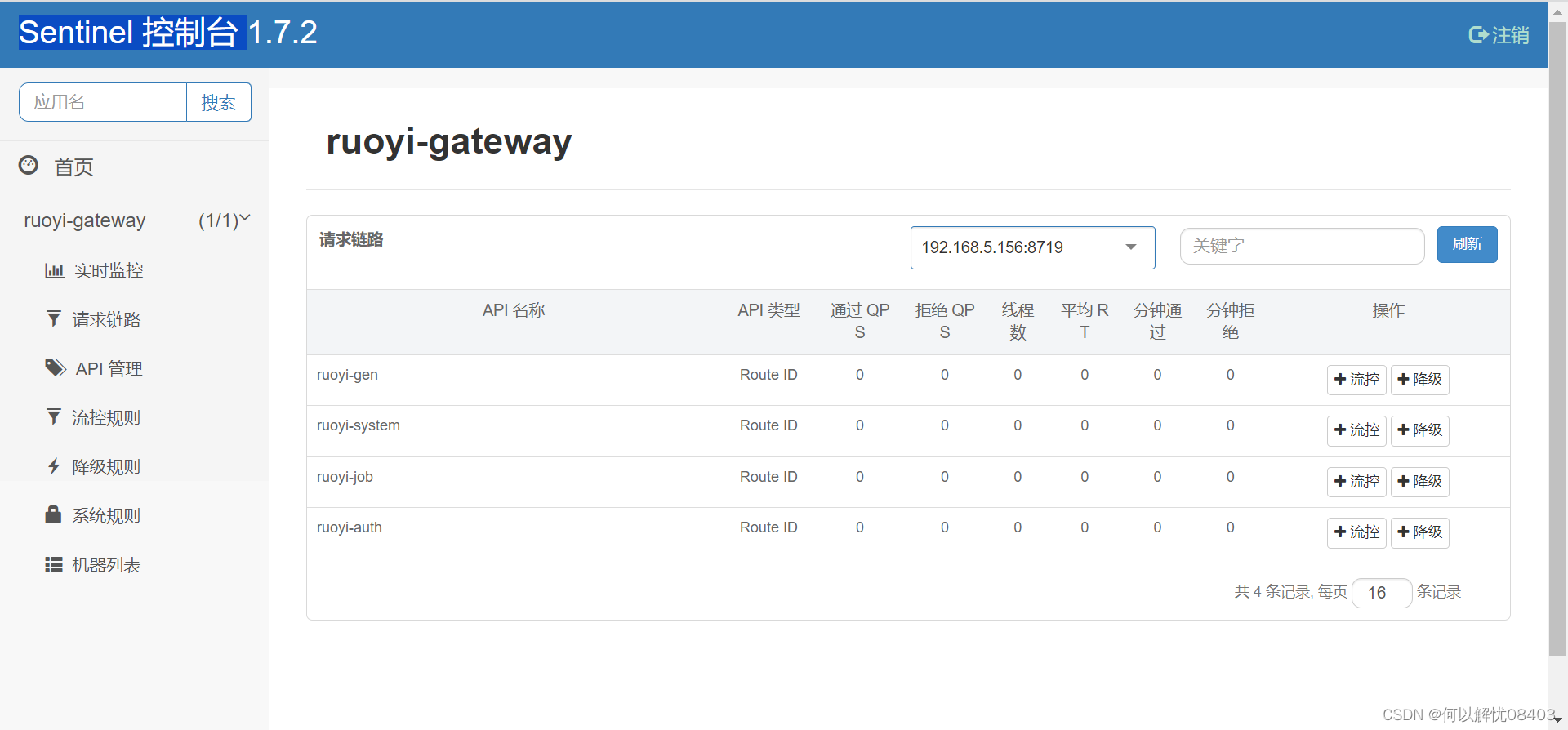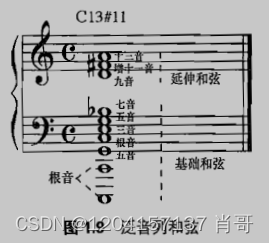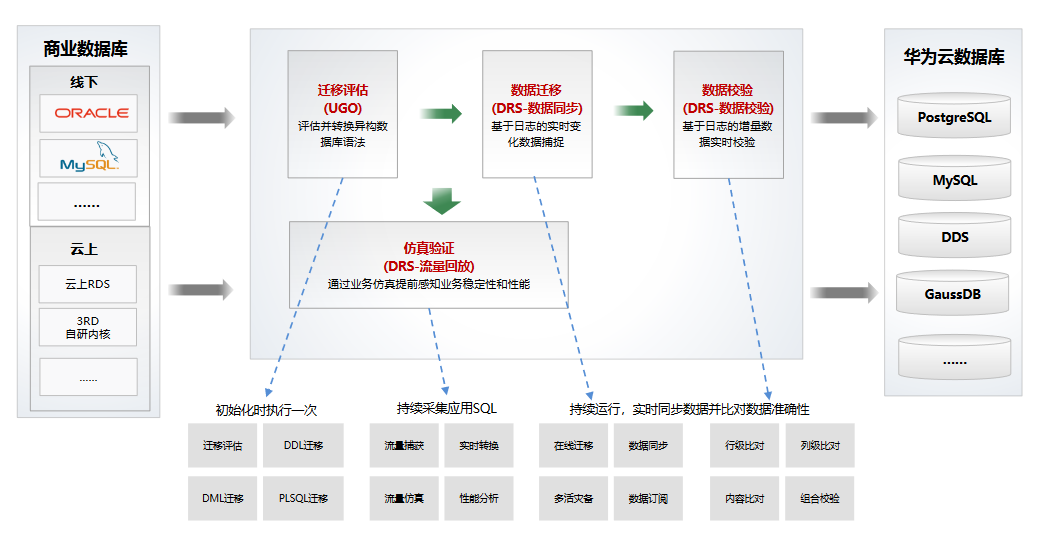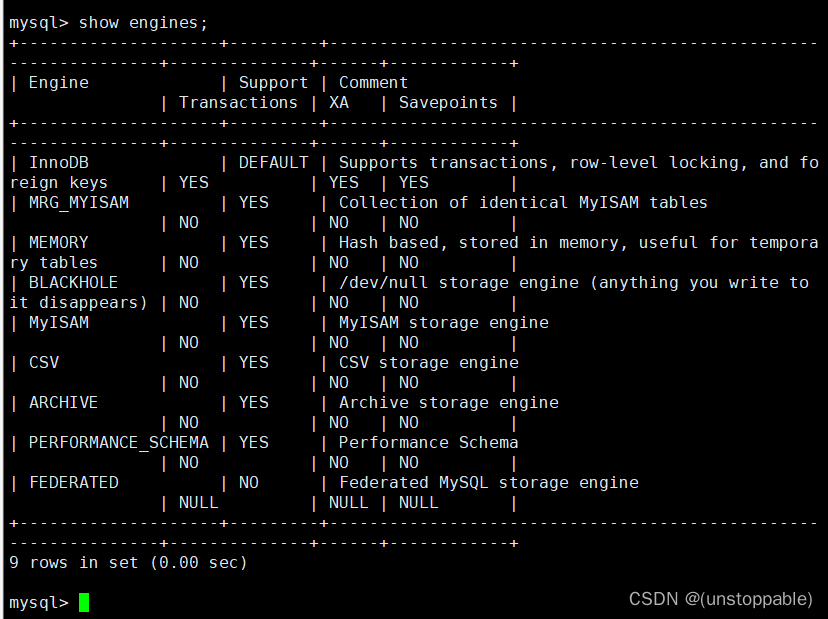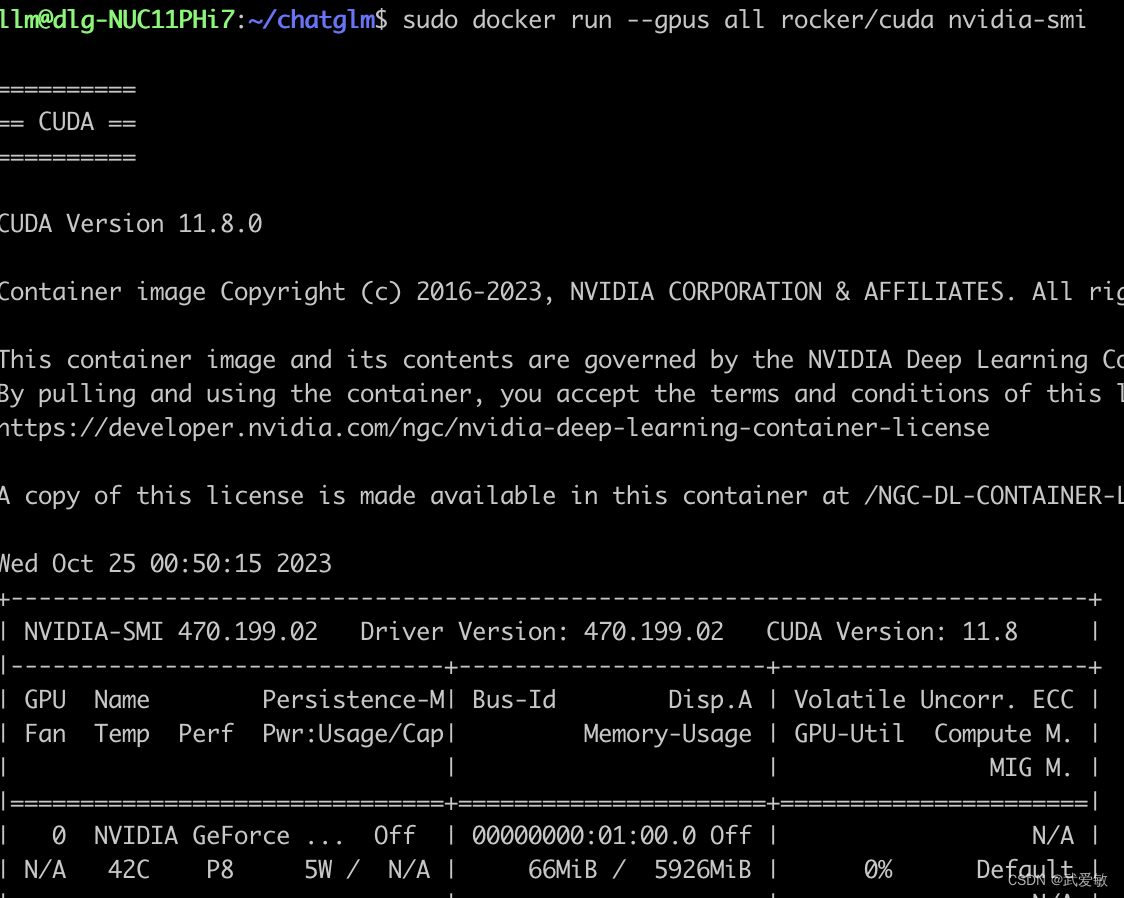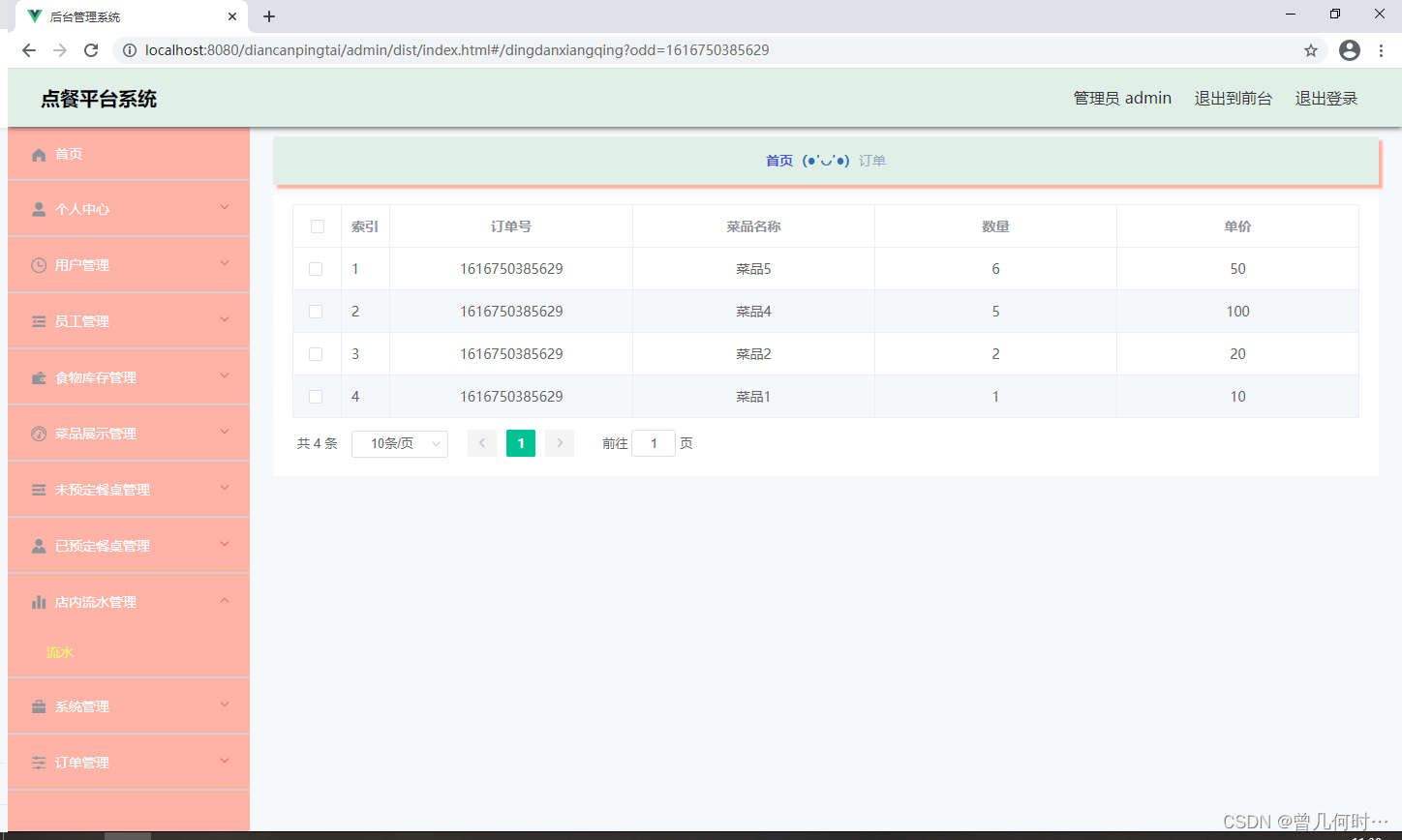C/C++支持最基本的三种程序运行结构:顺序结构、选择结构、循环结构
-
顺序结构:程序按顺序执行,不发生跳转
-
选择结构:依据条件是否满足,有选择的执行相应功能
-
循环结构:依据条件是否满足,循环多次执行某段代码
1.选择结构
1.1 if语句
作用:执行满足条件的语句
if语句的三种形式
单行格式if语句
多行格式if语句
多条件的if语句
单行格式if语句:
if(条件){ 条件满足执行的语句 }

#include <iostream>
using namespace std;
int main() {
//选择结构-单行if语句
//输入一个分数,如果分数大于600分,视为考上一本大学,并在屏幕上打印
int score = 0;
cout << "请输入一个分数:" << endl;
cin >> score;
cout << "您刚才输入的分数为:" << score << endl;
// if 语句
// 注意事项,在if判断语句后面,不要加分号
if (score > 600)
{
cout << "可以考上大学!!" << endl;
}
system("pause");
return 0;
多行格式if语句:
if(条件){ 条件满足执行的语句 }else{ 条件不满足执行的语句 };
#include <iostream>
using namespace std;
int main() {
//选择结构-单行if语句
//输入一个分数,如果分数大于600分,视为考上一本大学,并在屏幕上打印
int score = 0;
cout << "请输入一个分数:" << endl;
cin >> score;
cout << "您刚才输入的分数为:" << score << endl;
// if 语句
// 注意事项,在if判断语句后面,不要加分号
if (score > 600)
{
cout << "可以考上大学!!" << endl;
}
else
{
cout << "考不上,回去种地吧!" << endl;
}
system("pause");
return 0;
}注意:if条件表达式后不要加分号
多条件的if语句:
if(条件1){ 条件1满足执行的语句 }else if(条件2){条件2满足执行的语句}... else{ 都不满足执行的语句}

实例:
int main() {
int score = 0;
cout << "请输入考试分数:" << endl;
cin >> score;
if (score > 600)
{
cout << "我考上了一本大学" << endl;
}
else if (score > 500)
{
cout << "我考上了二本大学" << endl;
}
else if (score > 400)
{
cout << "我考上了三本大学" << endl;
}
else
{
cout << "我未考上本科" << endl;
}
system("pause");
return 0;
}嵌套if语句 :
在if语句中,可以嵌套使用if语句,达到更精确的条件判断。
案例需求:
-
提示用户输入一个高考考试分数,根据分数做如下判断
-
分数如果大于600分视为考上一本,大于500分考上二本,大于400考上三本,其余视为未考上本科;
-
在一本分数中,如果大于700分,考入北大,大于650分,考入清华,大于600考入人大。
示例:
#include <iostream>
using namespace std;
int main() {
//选择结构-单行if语句
//输入一个分数,如果分数大于600分,视为考上一本大学,并在屏幕上打印
int score = 0;
cout << "欢迎进入高考志愿填报系统,请输入您的高考分数:" << endl;
cin >> score;
cout << "您刚才输入的分数为:" << score << endl;
// if 语句
// 注意事项,在if判断语句后面,不要加分号
if (score >= 600)
{
cout << "过一本线了!!" << endl;
if (score > 700) {
cout << "去北大吧,都超700了!!" << endl;
}
else if (score > 650) {
cout << "去清华吧!大佬。" << endl;
}
else {
cout << "去人大也还不错!" << endl;
}
}
else if (500 < score )
{
cout << "考上二本,有书读了!!" << endl;
}
else if (400 < score) {
cout << "只能上个三本了。" << endl;
}
else {
cout << "补习吧" << endl;
}
system("pause");
return 0;
} 
1.2 三目运算符
作用: 通过三目运算符实现简单的判断
语法:表达式1 ? 表达式2 :表达式3
解释:
如果表达式1的值为真,执行表达式2,并返回表达式2的结果;
如果表达式1的值为假,执行表达式3,并返回表达式3的结果。
示例:
int main() {
int a = 10;
int b = 20;
int c = 0;
c = a > b ? a : b;
cout << "c = " << c << endl;
//C++中三目运算符返回的是变量,可以继续赋值
(a > b ? a : b) = 100;
cout << "a = " << a << endl;
cout << "b = " << b << endl;
cout << "c = " << c << endl;
system("pause");
return 0;
}总结:和if语句比较,三目运算符优点是短小整洁,缺点是如果用嵌套,结构不清晰
1.3 switch语句
作用:执行多条件分支语句
语法:
switch(表达式)
{
case 结果1:执行语句;break;
case 结果2:执行语句;break;
...
default:执行语句;break;
}实例:
int main() {
//请给电影评分
//10 ~ 9 经典
// 8 ~ 7 非常好
// 6 ~ 5 一般
// 5分以下 烂片
int score = 0;
cout << "请给电影打分" << endl;
cin >> score;
switch (score)
{
case 10:
case 9:
cout << "经典" << endl;
break;
case 8:
cout << "非常好" << endl;
break;
case 7:
case 6:
cout << "一般" << endl;
break;
default:
cout << "烂片" << endl;
break;
}
system("pause");
return 0;
}注意1:switch语句中表达式类型只能是整型或者字符型
注意2:case里如果没有break,那么程序会一直向下执行
总结:与if语句比,对于多条件判断时,switch的结构清晰,执行效率高,缺点是switch不可以判断区间
2.循环结构
2.1 while循环语句



#include <iostream>
#include <random>
using namespace std;
int main() {
random_device rd; // 创建一个随机数生成器引擎
mt19937 gen(rd()); // 使用伪随机数生成器
uniform_int_distribution<int> distribution(1, 100); // 创建一个分布,指定随机数范围
int random_number = distribution(gen); // 生成随机数
int guess;
int attempts = 0;
cout << "欢迎来到猜数游戏!" << endl;
while (true)
{
cout << "请猜1~100之间的数字: " << endl;
cin >> guess;
attempts++;
if (guess < 1 || guess > 100) {
cout << "猜的数字不在1-100的范围内,请重试!" << endl;
}
else if (guess < random_number) {
cout << "你猜小了,再猜一猜!" << endl;
}
else if (guess > random_number) {
cout << "你猜大了,再猜一猜!" << endl;
}
else {
cout << "恭喜你猜对了,答案是:" << random_number << "。你猜了"<< attempts<<"次!!" << endl;
break;
}
}
system("pause");
return 0;
}
2.2 do...while循环语句

实例:
int main() {
int num = 0;
do
{
cout << num << endl;
num++;
} while (num < 10);
system("pause");
return 0;
}总结:与while循环区别在于,do...while先执行一次循环语句,再判断循环条件 。
例子:计算1到10的累加:
#include <iostream>
using namespace std;
int main(){
int sum = 0, i = 1;
do {
sum = sum + i;
i++;
} while (i <= 10);
cout << "数字1-10的和为:" << sum << endl;
system("pause");
return 0;
}练习案例:水仙花数
案例描述:水仙花数是指一个 3 位数,它的每个位上的数字的 3次幂之和等于它本身
例如:1^3 + 5^3+ 3^3 = 153
请利用do...while语句,求出所有3位数中的水仙花数
答案1:
#include <iostream>
using namespace std;
int main() {
int i = 100, ge = 0, shi = 0, bai = 0;
do {
ge = i % 10;
bai = i / 100;
shi = (i - bai * 100) / 10;
if (ge * ge * ge + shi * shi * shi + bai * bai * bai == i) {
cout << "水仙花数:" << i << endl;
}
i++;
} while (i < 1000);
system("pause");
return 0;
}
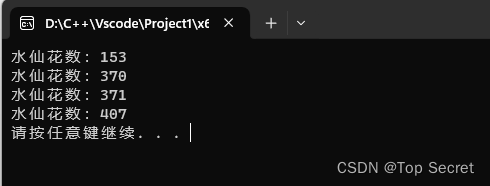
答案2:
#include <iostream>
using namespace std;
int main() {
int number = 100; // 从100开始查找三位数
int sum, temp, remainder;
cout << "水仙花数:";
do {
sum = 0;
temp = number;
while (temp > 0) {
remainder = temp % 10; //依次拿到个位,十位,百位
sum += (remainder * remainder * remainder);
temp /= 10; // temp = temp /10
}
if (sum == number) {
cout << number << " ";
}
number++;
} while (number < 1000);
cout << endl;
return 0;
}
2.3 for循环语句
作用: 满足循环条件,执行循环语句
语法:for(起始表达式;条件表达式;末尾循环体) { 循环语句; }
示例:
int main() {
for (int i = 0; i < 10; i++)
{
cout << i << endl;
}
system("pause");
return 0;
}注意:for循环中的表达式,要用分号进行分隔
总结:while , do...while, for都是开发中常用的循环语句,for循环结构比较清晰,比较常用
3 跳转语句
3.1 break语句
作用: 用于跳出选择结构或者循环结构
break使用的时机:
-
出现在switch条件语句中,作用是终止case并跳出switch
-
出现在循环语句中,作用是跳出当前的循环语句
-
出现在嵌套循环中,跳出最近的内层循环语句
示例1:
//1、在switch 语句中使用break
cout << "请选择您挑战副本的难度:" << endl;
cout << "1、普通" << endl;
cout << "2、中等" << endl;
cout << "3、困难" << endl;
int num = 0;
cin >> num;
switch (num)
{
case 1:
cout << "您选择的是普通难度" << endl;
break;
case 2:
cout << "您选择的是中等难度" << endl;
break;
case 3:
cout << "您选择的是困难难度" << endl;
break;
}
system("pause");
return 0;
}实例2:
int main() {
//2、在循环语句中用break
for (int i = 0; i < 10; i++)
{
if (i == 5)
{
break; //跳出循环语句
}
cout << i << endl;
}
system("pause");
return 0;
}示例3:
int main() {
//在嵌套循环语句中使用break,退出内层循环
for (int i = 0; i < 10; i++)
{
for (int j = 0; j < 10; j++)
{
if (j == 5)
{
break;
}
cout << "*" << " ";
}
cout << endl;
}
system("pause");
return 0;
}3.2 continue语句
作用:在循环语句中,跳过本次循环中余下尚未执行的语句,继续执行下一次循环
示例:
int main() {
for (int i = 0; i < 100; i++)
{
if (i % 2 == 0)
{
continue;
}
cout << i << endl;
}
system("pause");
return 0;
}注意:continue并没有使整个循环终止,而break会跳出循环
3.3 goto语句
作用:可以无条件跳转语句
语法: goto 标记;
解释:如果标记的名称存在,执行到goto语句时,会跳转到标记的位置
示例:
int main() {
cout << "1" << endl;
goto FLAG;
cout << "2" << endl;
cout << "3" << endl;
cout << "4" << endl;
FLAG:
cout << "5" << endl;
system("pause");
return 0;
}注意:在程序中不建议使用goto语句,以免造成程序流程混乱
